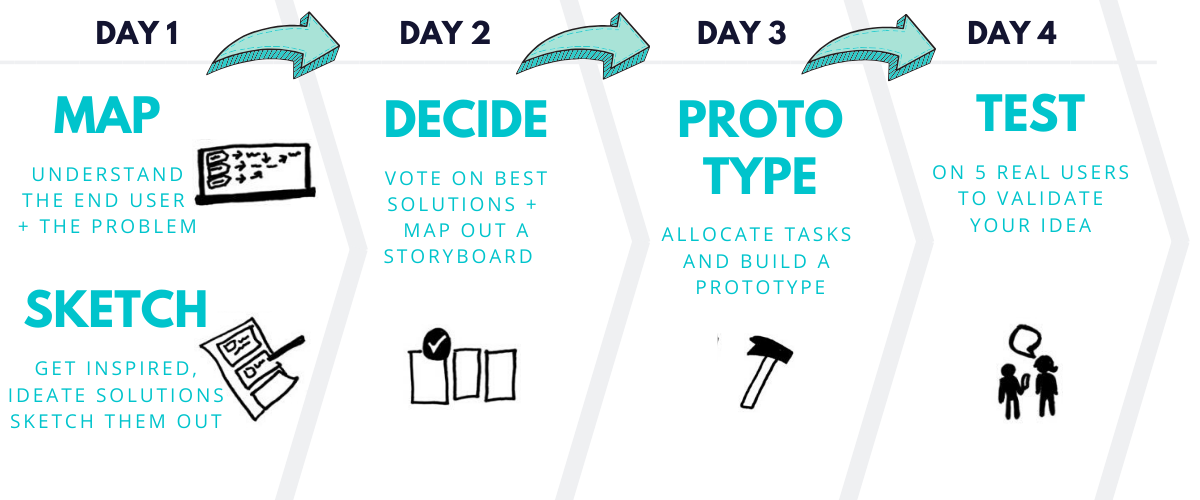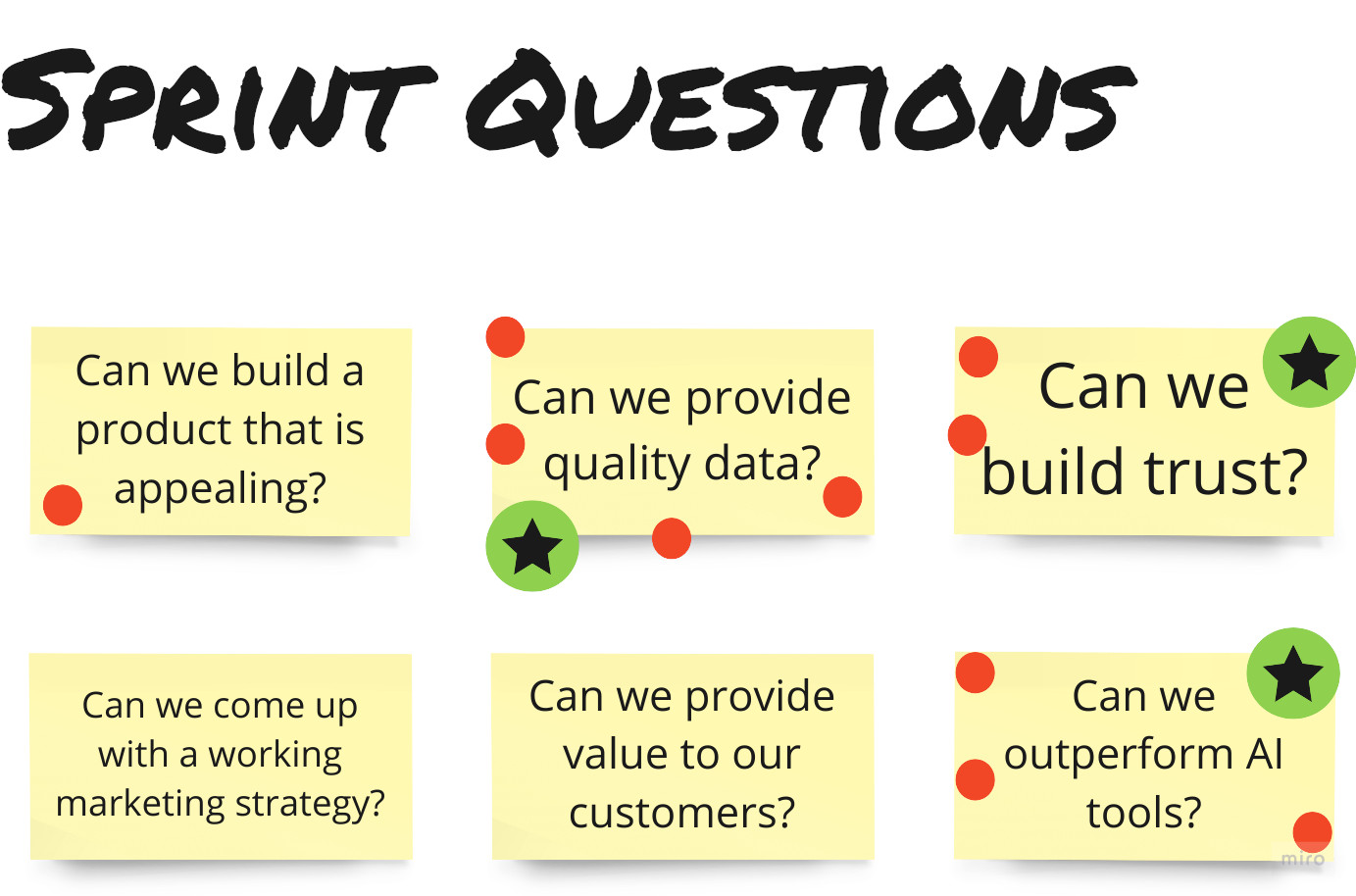
The 4-Day Design Sprint that made a difference
The 4-Day Design Sprint that made a difference for our customer Seer Healthcare.
What is a Design Sprint?
A Design Sprint is an intensive, structured process designed to tackle big challenges, answer critical business questions, and fast-track innovation. Developed by Jake Knapp at Google Ventures (GV), this five-phase approach combines design, prototyping, and real user testing—all within a short timeframe. It’s a favorite among teams worldwide for quickly solving complex problems and validating ideas before investing months of work.
Why We Believe in Design Sprints
At Thytanium, we’re not fans of unnecessary meetings, drawn-out workshops, or anything that slows down creativity and execution. We believe in lean, effective processes that bring real value to our team and clients.
That’s why the Design Sprint stands out.
When Seer Healthcare approached us looking to improve their user retention and increase conversion rates, we knew this was the perfect opportunity to introduce the Design Sprint. It was the ideal framework to help them gain clarity, test ideas, and iterate rapidly—all without wasting time on endless discussions and assumptions.
The 4-Day Sprint: A Smarter Approach
Traditionally, a Design Sprint takes five days, but let’s be real—getting an entire team to clear their calendars for a full week is a challenge, especially when some members are part-time collaborators.
That’s when we discovered AJ&Smart's modified 4-Day Design Sprint. After running hundreds of sprints, they found that the first two days could be streamlined into one, making the entire process more efficient without losing effectiveness.
Another hurdle? The original sprint framework assumes an in-person setup, but we needed a remote-friendly approach. Fortunately, both Jake Knapp and AJ&Smart had already explored this, providing a solid foundation for running Design Sprints virtually. Given our experience facilitating Agile and Scrum ceremonies remotely, we knew Miro was the perfect tool. A quick search led us to AJ&Smart's ultimate Design Sprint template—exactly what we needed to get started.

Defining the Sprint Challenge
Before diving in, we needed to clarify the goal of the sprint. Thankfully, this was straightforward: increase customer adoption and engagement either by redesigning critical parts of the UI or even redesigning the product if needed. Along the way, we also wanted to uncover why some users were dropping off and not returning.
Setting the Long-Term Goal and Sprint Questions
With the challenge defined, the next step was setting a long-term goal and identifying three key questions to answer by the end of the sprint.
One thing we love about Design Sprints is that they don’t just tell you what to do—they equip you with structured activities to spark discussions and align the team.
The Long-Term Goal
To determine Seer Healthcare’s long-term goal, we asked everyone to imagine the company two years into the future and write down what success would look like on virtual sticky notes. Afterward, the team voted by placing red dots on the ideas they resonated with most. The result? A heatmap showing where consensus naturally formed.
Then came the Decider’s turn. In a Design Sprint, the Decider is the one who makes the final call on crucial decisions—usually a CEO or key stakeholder with decision-making authority over the project. For Seer, that was CEO John Alfano. After reviewing the votes, he selected the company’s official long-term goal for the sprint.

Sprint Questions
Now, we flipped the perspective. Instead of envisioning success, we imagined a future where everything went wrong. What could have caused Seer to miss its long-term goal?
Each team member wrote down potential reasons in the form of “Can we...?” questions, such as:
- Can we create an onboarding experience that feels intuitive and engaging?
- Can we ensure users trust our product after a first glance?
After another round of voting, the Decider selected the top three questions. These became our guiding focus for the sprint—the challenges we aimed to solve by the end of the process.

The Power of Clarity
Having a clearly defined long-term goal and sprint questions visible at all times kept the team aligned. Every discussion, decision, and prototype was anchored in these objectives, ensuring we stayed on track and made meaningful progress.
The Design Sprint isn’t just about speed—it’s about focus, collaboration, and rapid validation. By the end of the four days, we had real insights and actionable solutions for Seer Healthcare, giving them the confidence to move forward with changes that truly mattered.
And that’s why we believe in Design Sprints. They cut through the noise, eliminate guesswork, and get teams moving in the right direction—fast.
Read next: How we ran Expert Interviews in the Design Sprint